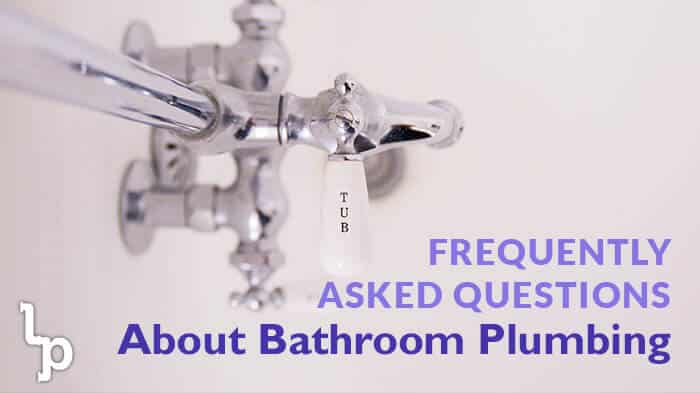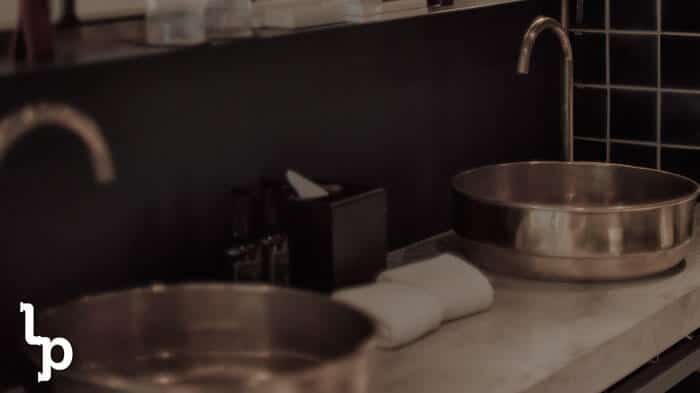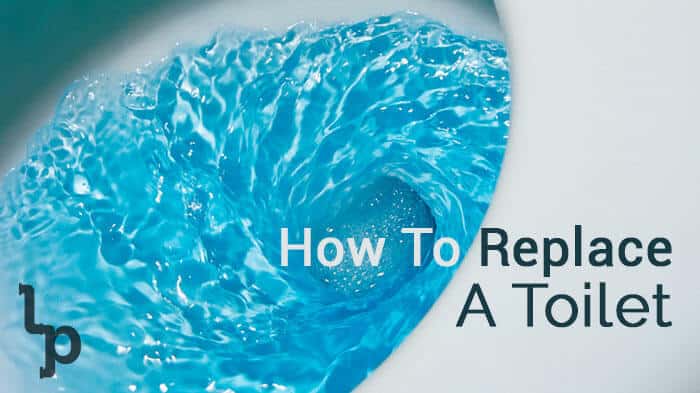
Bathroom plumbing is something we all take for granted.
It comes in every house or home, but not everyone knows how it works or could fix it if broken.
That’s why it’s so important to have your local London Ontario bathroom plumbing contractor on hand in case something does go wrong.
Here at London Plumbing, we get a lot of questions about bathroom plumbing.
Below you’ll find some of the more common ones, and the answers to them.
If you have more questions, or need help with your bathroom plumbing, give us a call – we’re happy to help.
6 Common Questions About Bathroom Plumbing
To get you started, let’s look at the six most commonly asked questions; chances are you’ll have wondered at least one of these before.
1. How do I unclog a blocked toilet?
Here’s one you can sometimes handle yourself.
Start by grabbing a proper toilet plunger (rather than a shallow sink plunger), and slowly immerse it in the water.
The trick to a plunger is to ensure a tight seal over the drain so that you can force air pressure through the pipes to push out the blockage.
It helps to alternate between very strong downward pumps and a series of gentler, consistent “chugging” pumps.
If that doesn’t work, try a plumbing snake or toilet auger, which you feed through the pipe and use to manually break up the blockage.
Before trying chemicals in the toilet, it might be worth an attempt with dish soap and hot water.
Pour some dish soap in the tank and allow it to settle over several minutes.
Next, pour in the hot water and flush – but keep in mind you may want to have a mop and bucket handy.
If these don’t work, then it’s time to call London Plumbing to fix the problem for you.
Here at London Plumbing, we don’t recommend using harsh chemicals to clean your drains.
Not only are these harmful to the environment, they can actually cause long-term damage to your pipes and lead to a far more expensive repair down the line.
2. Why is my faucet leaking?
Leaky faucets are common, but they can also be an indicator of larger problems.
Start by looking at where the leak is happening, and this should tell you what the problem is.
People often ask us about dripping after the tap has been shut off; and this is usually solved by replacing the seat washer, which can become loose and worn from constant use.
If the leak is coming from under the faucet handle, then it’s most likely an O-ring that needs replacing (a little rubber valve).
Another VERY common place for leaks is around the faucet sprout base.
For this one, you would need to remove the faucet entirely and replace the two O-rings.
If you’re not confident completing this repair by yourself, be sure to reach out to a plumber for expert help.

3. Why does my basement bathroom smell so bad?
Bathroom basements are the last outlet before your house’s plumbing hits the sewage system.
As a result, if you’re going to run into a problem, this is likely where it’s going to be.
Look for the ‘trap’ attached to your fixtures, and check if the smell is coming from there.
They are designed to prevent odors entering the house via a water seal, but if they aren’t working this is a likely culprit for the smell.
Before you call a plumber about this issue, try pouring a bucket of water in each trap, as well as down each floor, shower or sink drain.
4. Should I upgrade to a low-flow toilet?
Low-flow toilets are also known as High-Efficiency Toilets or Ultra-High-Efficiency Toilets.
If you value savings on your water bill or being environmentally-friendly, then you’ll definitely want to consider a low-flow toilet, as they are designed specifically to save you (and the planet) water.
5. When should I upgrade my shower faucet?
We already covered above about leaky faucets; you may wish to use this as an excuse to replace your outdated or pitted faucets.
Washers, O-rings and gaskets can get worn, loose or lose their integrity.
As well, iron fittings can get rusty, and water itself can corrode fixtures.
If for no other reason, then replace them when you’re ready for a change.
Fixtures can be a comparatively cheap upgrade to your bathroom, making your older bathtub appear sexy and new.
6. How do I go about replacing my bathtub?
In the case where even new bath faucets can’t help you, consider replacing your entire tub.
In this case, you might be best calling us at London Plumbing, where we can ensure the tub is fitted properly and to code.
When you’re buying your new bathtub, make sure you measure the last tub carefully so that the new tub fits the space.
When you remove the old tub, a best practice is to turn off the water to all the fixtures in the bathroom, including the toilet and the sink.
In a worst-case scenario, you may need to remove the other fixtures in order to maneuver the new tub into place.
Our other recommendation is to have extra tiles on hand, as they often break during a bathtub retrofit.
When you go to remove your old tub, start by removing the overflow plate and disconnecting the drain.
Next, disconnect the waste and overview unit; once that is complete, cut the caulk that holds it to the tiling, so you can begin to pry it away from the wall.
Be prepared: it is difficult to remove a bathtub alone, and especially this final process, as you pry it from the caulking.
Once the removal is complete, prepare the space for the new tub by repairing any broken parts.
After you have made sure that all the drainage aligns properly, carefully place the new tub in position.
Make sure you connect the drain line properly to the tub, and be sure to test for leaks.
When the tub has passed this test, secure the new tub to the wall with studs, and caulk on the seams.
The only thing left is to install new faucets and taps, and enjoy luxuriating in your new tub.
Contact London Plumbing
While many of these items can be handled by homeowners, not all have experience with plumbing.
No matter how complicated or simple the problem, London Plumbing is the local option for handling all plumbing matters.
Be sure to contact London Plumbing for any job you want done with peace of mind.




